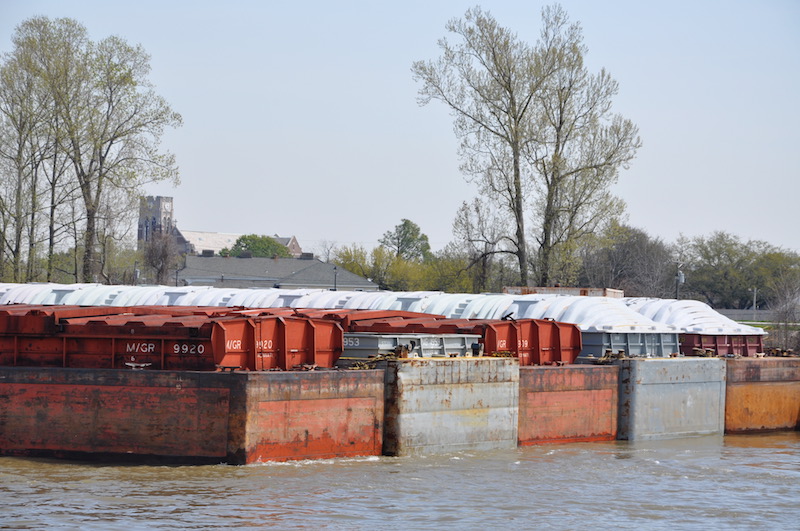Recent news headlines seem to reflect a mixture of freight trends ranging from “Inland barge oversupply dooms Jeffboat” in last month’s WorkBoat to “North American Freight Numbers Reach Record-High Levels,” from the U.S. Department of Transportation in April.
The most notable recent headline was “Railroad Pay Tracks Higher,” from the April 24, 2018, Wall Street Journal. The story was about two western railroads that are paying signing bonuses in the range of $10,000 to $25,000 for new employees for certain crafts at particular locations where there is record low unemployment.
Major rail systems that experienced significant reductions in coal tonnages ranging from 30% to 50% responded with extensive employee layoffs. Now four of these systems are seeing major service congestion problems in response to increased business but have insufficient resources to move the traffic. Recalls of laid off employees have not been enough to move the freight.
The closure of Jeffboat as a supplier of new barges might well look the same for soft conditions facing rail car manufacturers. The closure is a direct result of the oversupply of serviceable barges for current freight volumes. Barges that are well constructed and maintained have an operating life in the range of 20 to 30 years.
Thus, the current surplus of barges means that unless the fleet age pattern is skewed toward older barges facing imminent retirement or there is a rapid growth in cargo, the barge surplus will be around for years.
Everyone seems to know about the cyclical nature of freight transportation from equipment suppliers to operating employees. However, the equipment and employment booms and busts seem to be fresh every cycle. For example the current cycle of truck shortages and rapid increases in truck freight pricing seems to have come out of nowhere. It is a reflection of growing consumer and manufacturing sectors taxing the available pool of truck equipment and drivers.
Publicly held rail freight carriers are optimistic about 2018. This optimism should eventually carry over to the barge freight sector. Monthly indicators for the first quarter for the barge sector are encouraging, particularly for chemicals.
It appears that there is more freight to move in 2018 and that the current capacity struggles are a welcome respite from the doldrums of the recent past.




